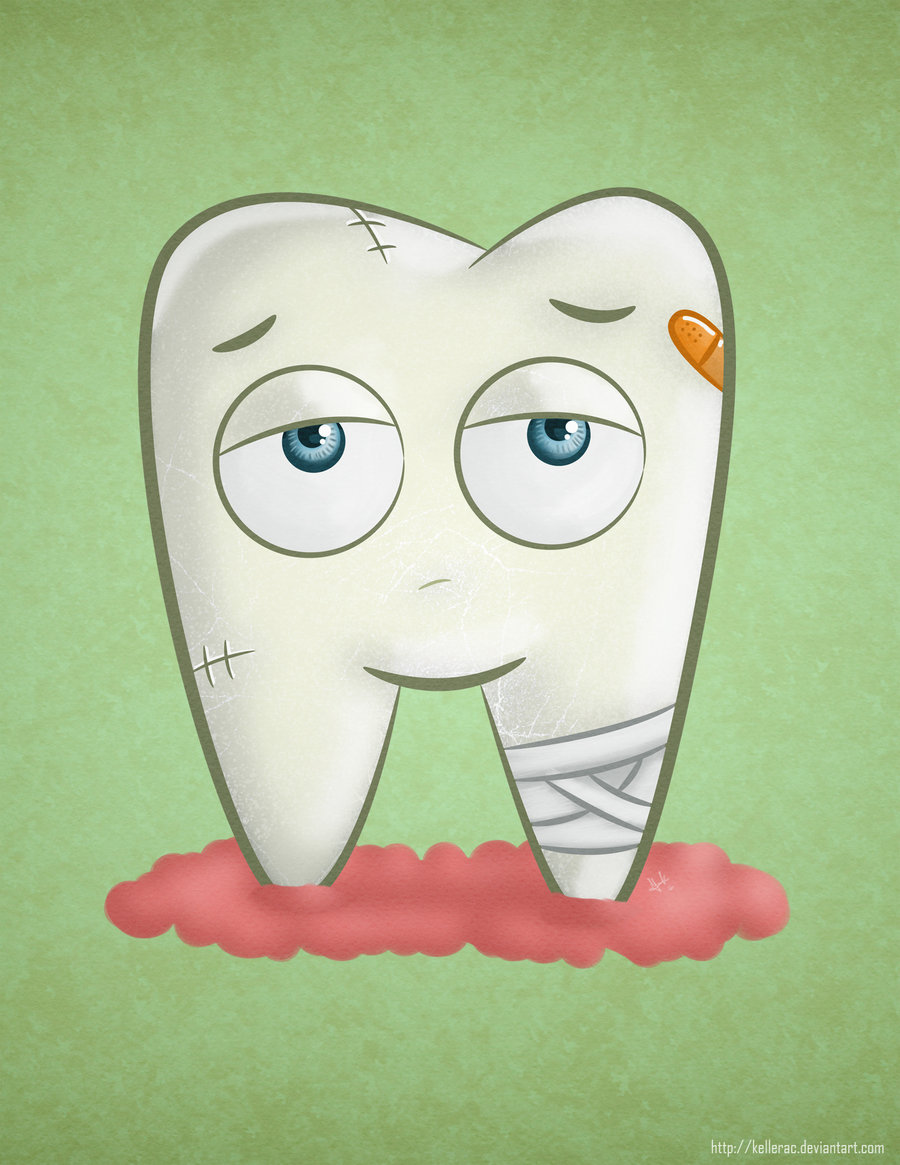 Cavities are one of the most common oral health issues, and chances are, we’ve all had our fair share of dealing with them. A cavity is another way to describe tooth decay, a condition in which a tooth’s structure is compromised due to the presence of bacteria. When you have a cavity, your dentist will typically treat it by removing the cavity and replacing it with a filling. This will prevent the cavity from spreading and save the tooth from further damage. With proper care and maintenance, the tooth should not be susceptible to recurrent decay. Depending on the material used for the filling, and how well it was placed and seated, the filling should last for a long time. At least in theory it will.
Cavities are one of the most common oral health issues, and chances are, we’ve all had our fair share of dealing with them. A cavity is another way to describe tooth decay, a condition in which a tooth’s structure is compromised due to the presence of bacteria. When you have a cavity, your dentist will typically treat it by removing the cavity and replacing it with a filling. This will prevent the cavity from spreading and save the tooth from further damage. With proper care and maintenance, the tooth should not be susceptible to recurrent decay. Depending on the material used for the filling, and how well it was placed and seated, the filling should last for a long time. At least in theory it will.
Truth is, not all fillings are created equal. Fillings can be made from different materials, including different types of metals, ceramics, and porcelains. Different materials will have different physical characteristics, such as strength or expansiveness. Because of these differences, the daily wear and tear from chewing may cause some fillings to wear down faster than others. Over time, a filling will start to break down or even shrink. This will create small gaps between the filling and tooth. Bacteria from the foods and liquids we consume daily will naturally leak its way through those gaps and begin to cause all kinds of problems. This process is described as a “leaky” filling.
Once a leaky filling condition exists, it is very important to get it properly treated. Pain or tooth sensitivity are common symptoms. If it is recognized and treated early, major tooth decay or loss of tooth could be avoided. Leaky fillings can easily be identified during routine checkups. This is another reason why it’s important to keep up with your dental checkups!
If you think you may be experiencing a leaky filling, see your dentist right away.
Thank you for reading and remember to Like Us on Facebook and never miss another blog!
Written by Dr. Kim H. Nguyen

Owner of Mint Dental OC and is a leading dentist in Southern California.





